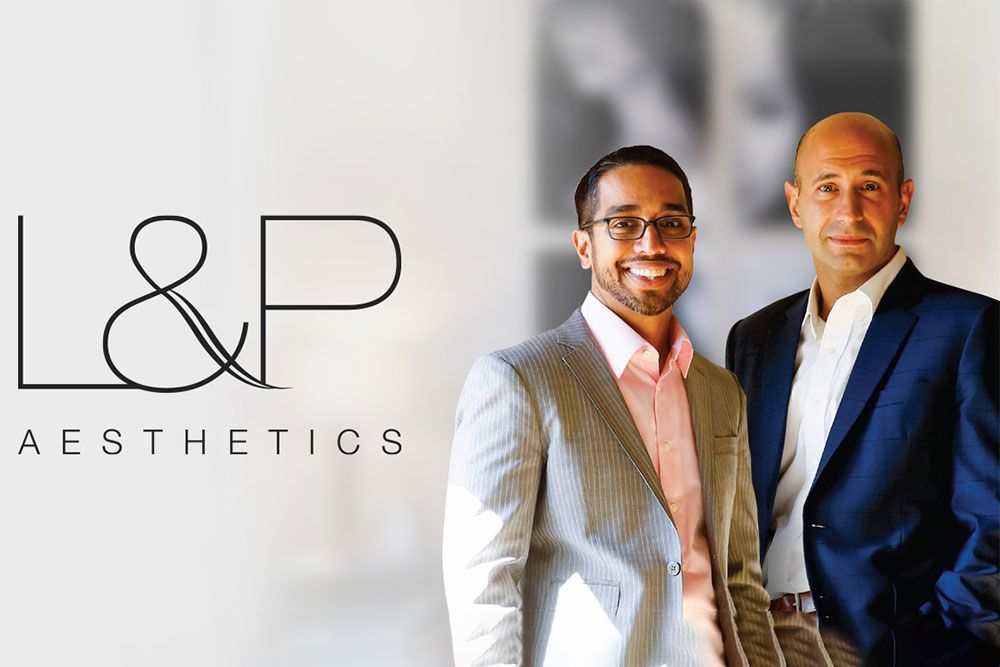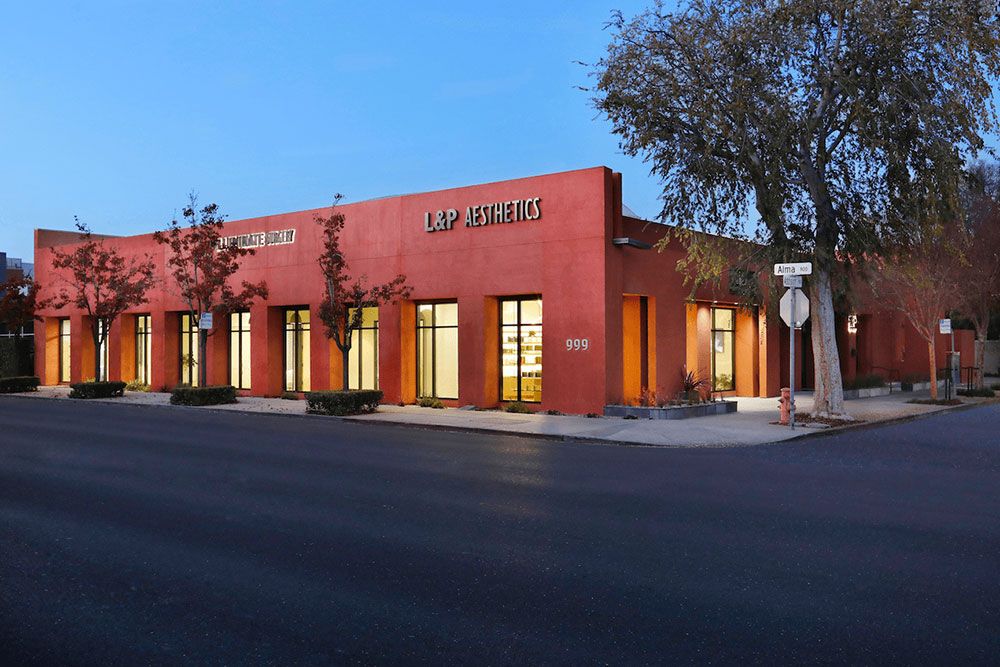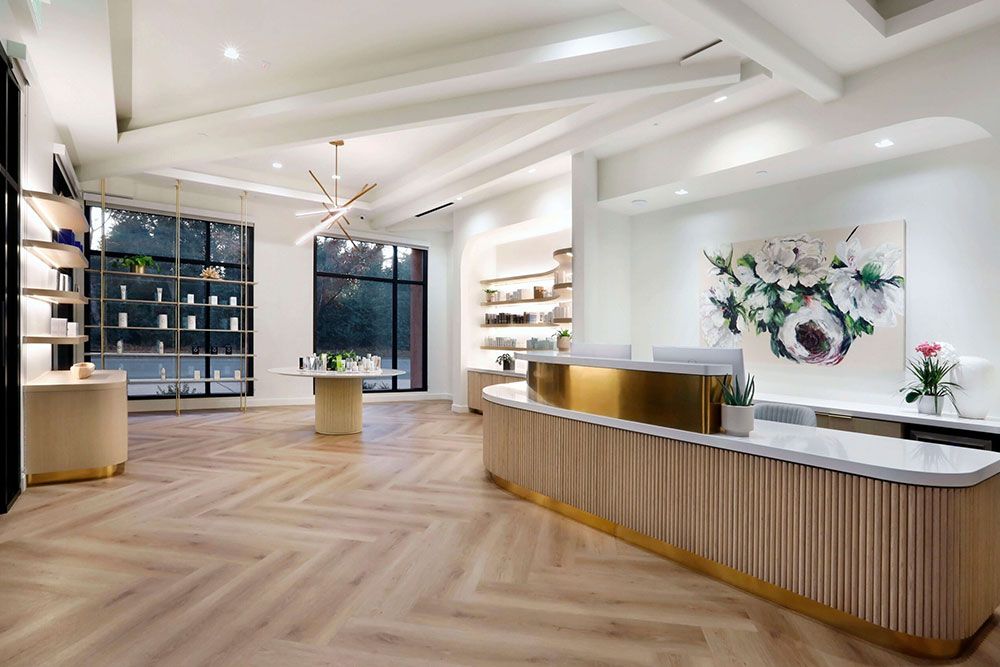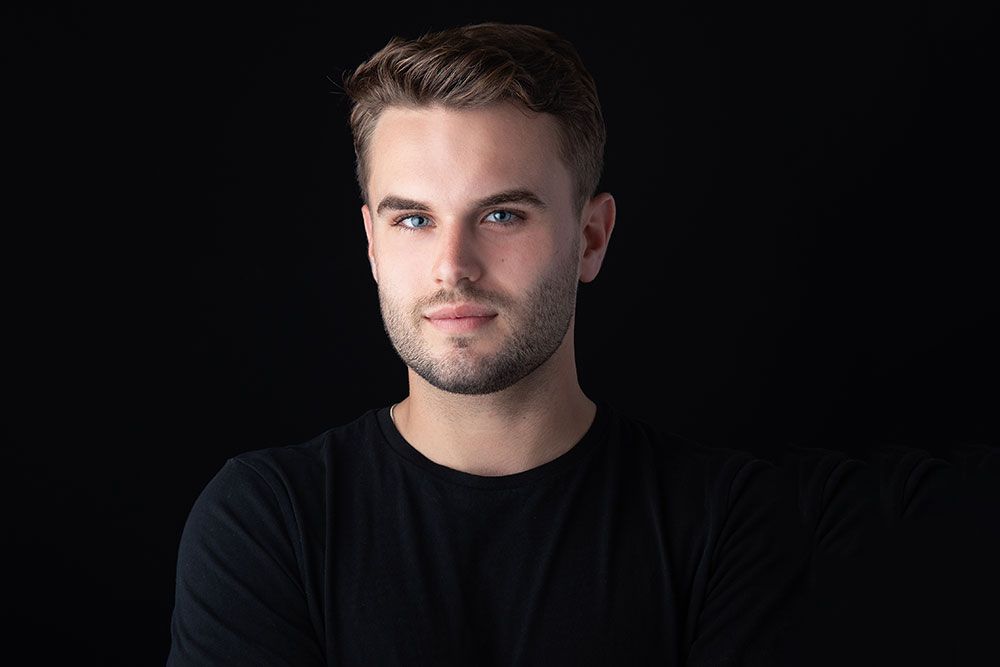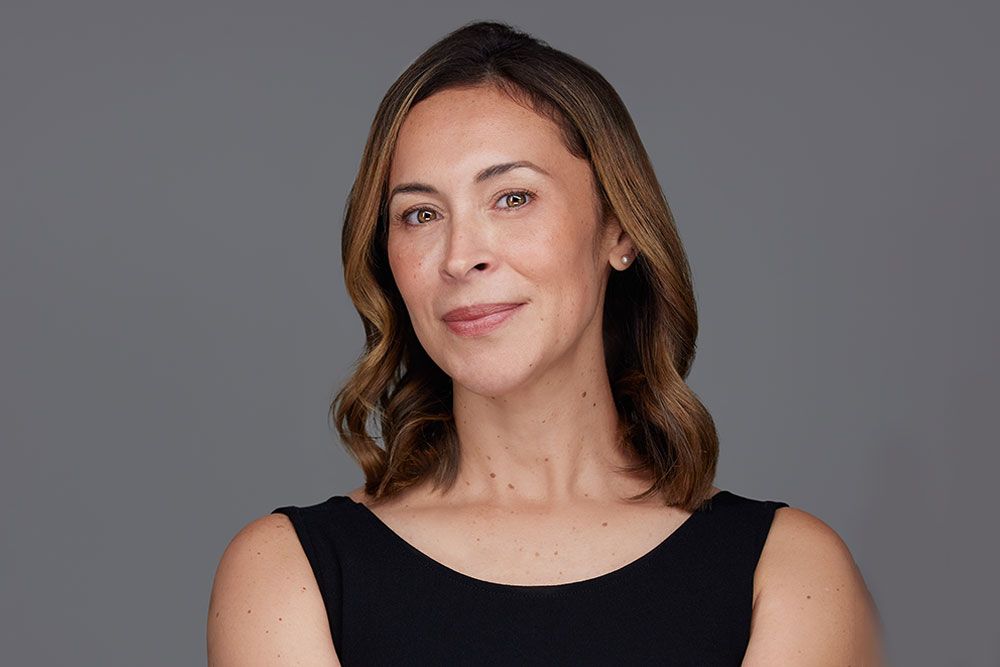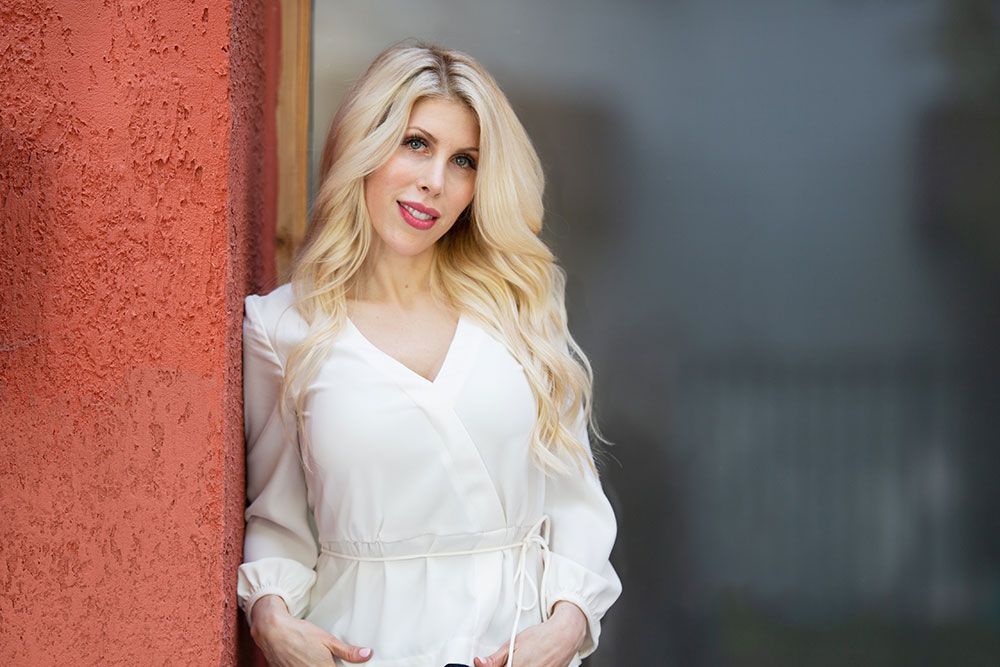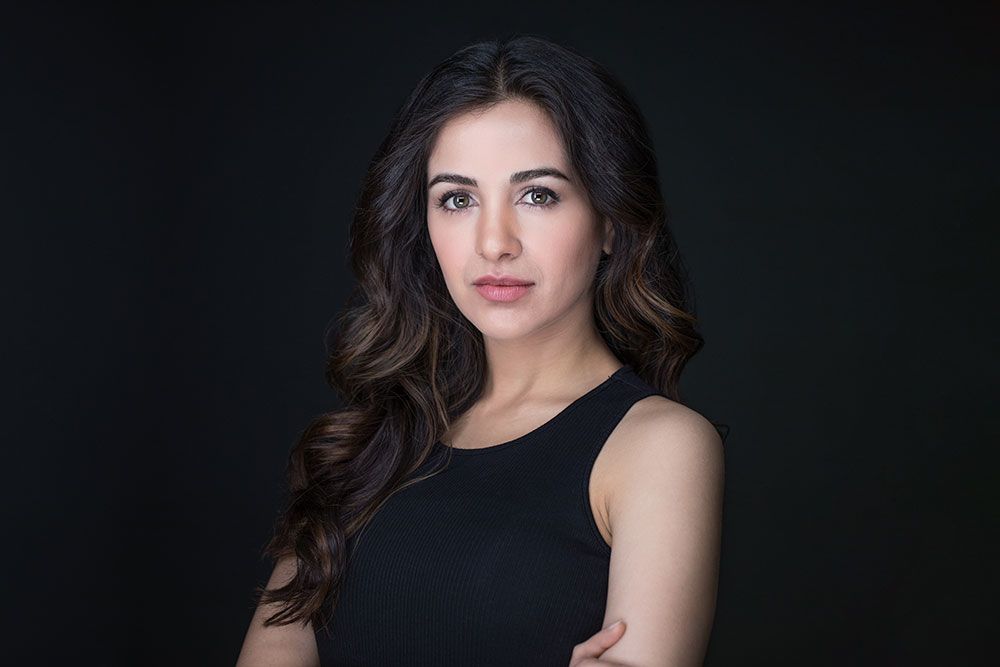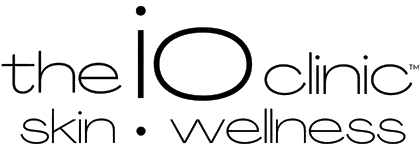What is a Rhinoplasty?
Nose reshaping is often considered the most difficult cosmetic surgery to do well. Because the procedure is offered by many, a patient must be extremely careful when choosing a doctor; not every surgeon is capable of creating consistent and harmonizing facial results in rhinoplasty. At L&P Aesthetics in Palo Alto and Los Gatos, our facial plastic surgeons create exceptional rhinoplasty (or “nose job”) results for San Francisco Bay Area patients from San Jose, Sunnyvale, Redwood City, and surrounding cities.
Many patients have written to us after their procedure describing how difficult it was before their nose surgery to always use the same pose for each picture to minimize attention to their nose. One patient wrote, “Thank you so much for my new nose! I no longer feel self-conscious when someone takes a photograph from the side. I love the way it looks in pictures!”
A good rhinoplasty addresses these concerns, leaving a nose that draws no particular attention to itself but allows all of the beautiful features of the face to shine in harmony. A nose should blend into the rest of a face, not drawing attention to it, but allowing an observer’s gaze to be drawn to the eyes, the lips, and the contour of the jaw.
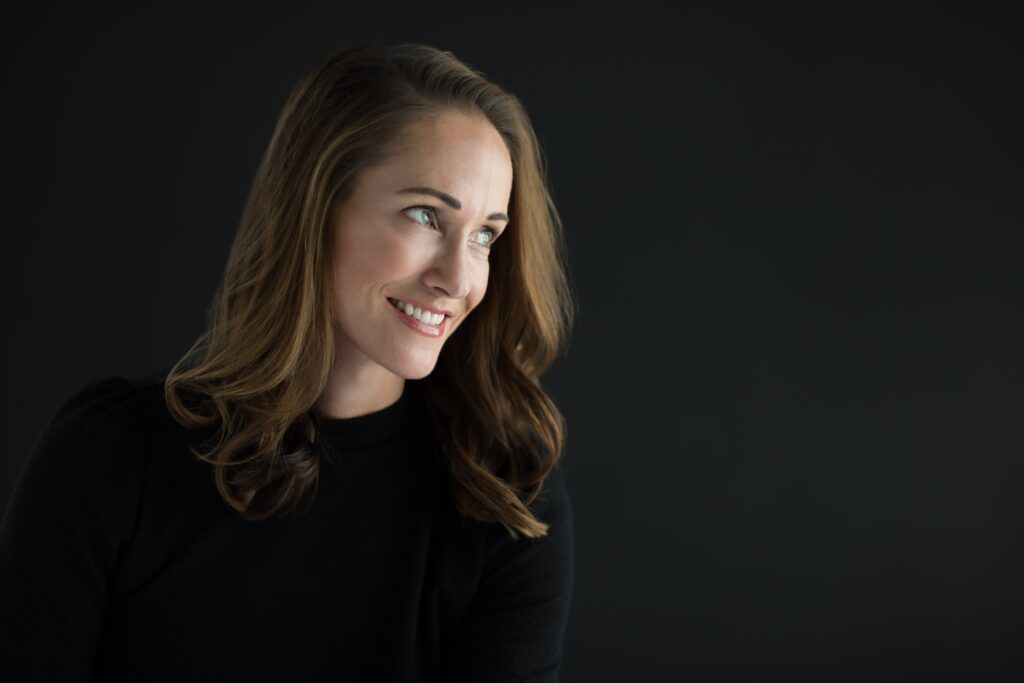
What to Expect During the Procedure
A consultation for rhinoplasty includes a comprehensive overview of your medical history and an examination of the external and internal anatomy of the nose. We will spend time discussing your desires and expectations about such a change, and we will use cutting-edge software to help communicate your goals. We will take detailed pictures of your nose from several different angles.
We feel that digital morphing software is crucial in understanding how rhinoplasty patients want their nose to look so that the nose surgery is customized to each patient. The digital morphing is important because it gives patients an opportunity to communicate their aesthetic desires and allows us to develop a customized treatment plan. The morphed images are used as a guide during rhinoplasty surgery.
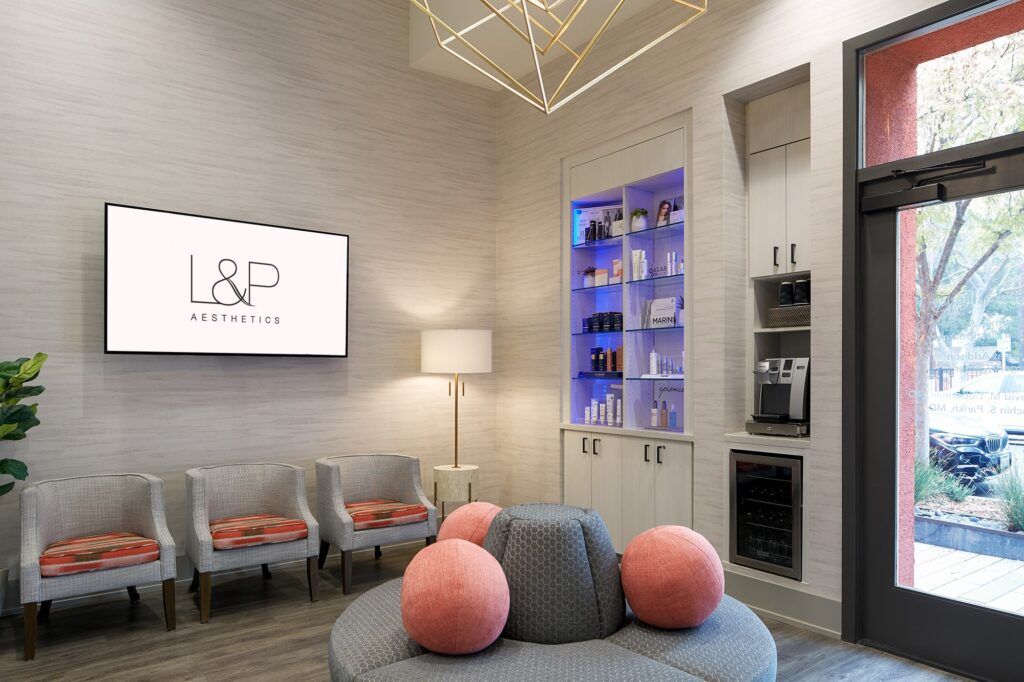
Why L&P For a Rhinoplasty?
The beauty of the nose comes from its complex appearance. If you look closely at a nose you think “fits” a face, take note of why. A “good” nose is proportional to the surrounding features. It is a blend of shadows and highlights, angles and contours. Making a bad nose look good is often a change of millimeters, sometimes even just reducing an unnatural shadow.
People who want an alternative to cosmetic rhinoplasty might consider a nonsurgical rhinoplasty, also called a liquid rhinoplasty. This simple procedure is performed by placing dermal filler injections into the skin of the nose. Our providers can use fillers to make minor adjustments to the nose to improve symmetry, definition, projection, or another concern. Results are temporary and typically more subtle than what can be achieved with surgical rhinoplasty.
Am I a Candidate for Rhinoplasty Surgery? Who Gets a Nose Job?
Rhinoplasty is one of the most common cosmetic operations performed on the face. Common reasons patients cite for choosing rhinoplasty include:
- Correcting a high dorsum (hump on the bridge of the nose)
- Reducing the overall size of a nose
- Straightening a crooked nose
- Lifting a droopy tip
- Bringing the tip closer to the face
- Refining a rounded tip
- Narrowing a wide nose
- Lengthening a short nose
This list does not even include the large number of patients who also want to breathe better through one or both sides of their nose. Nasal airway management is a crucial component of rhinoplasty. Only a surgeon who is experienced in nasal airway surgery can maintain or improve a nasal airway while making changes to the external appearance of the nose.
Selecting the right candidate for any surgery, not just rhinoplasty, is an important part of every consultation. The overall goal is to create an aesthetic facial balance and bring about natural harmony.
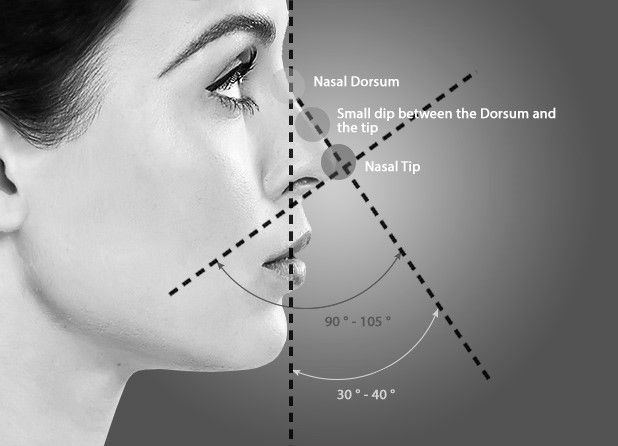
Rhinoplasty Before and After Gallery
View real results from real patients below.
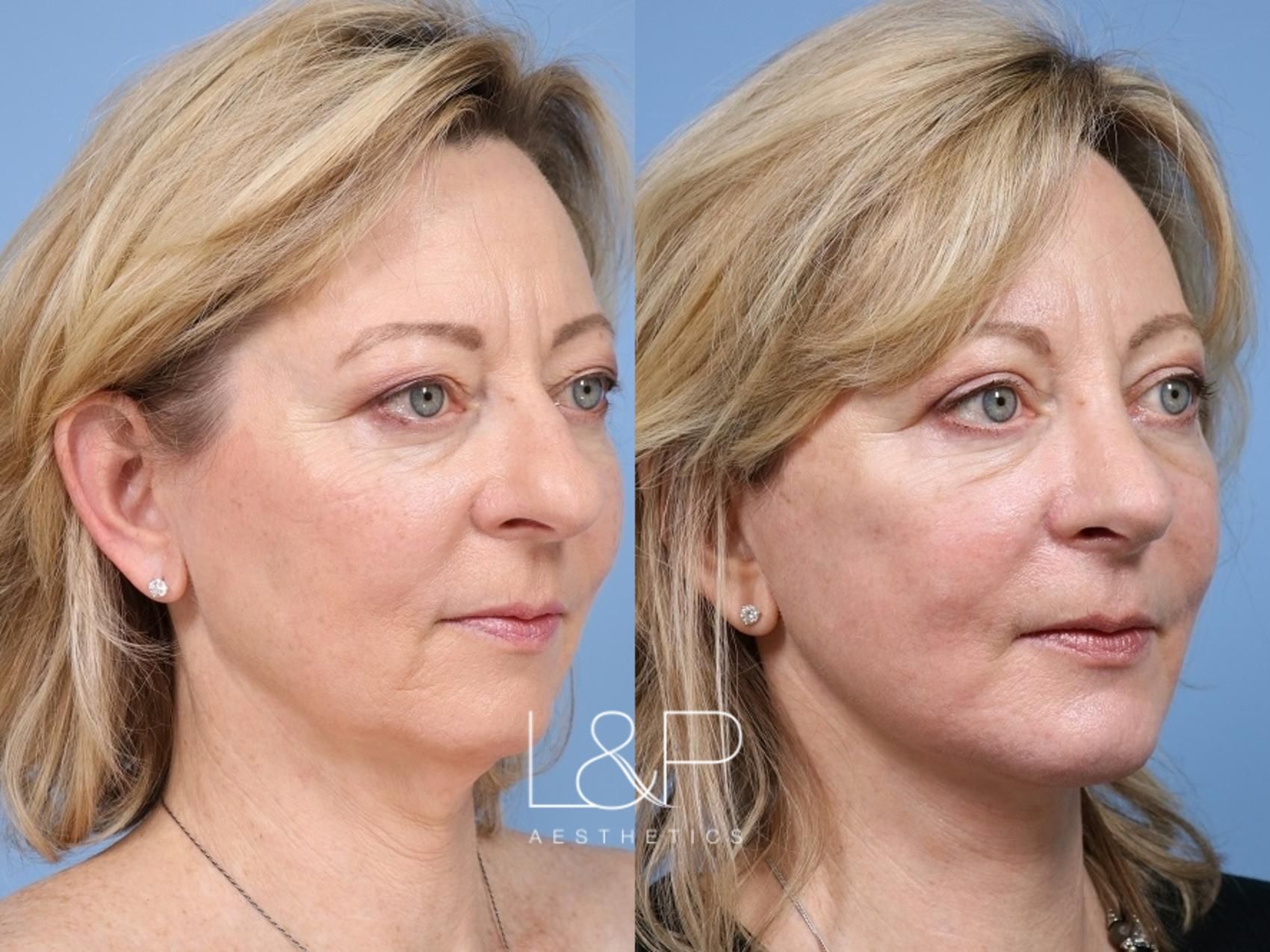
Deep Plane Facelift Combined with Rhinoplasty
This beautiful patient received a L&P Signature facelift & neck lift, a rhinoplasty, upper blepharoplasty, and chin augmentation! She is an incredible healer as her procedure was done less than 2 months ago! This patient is a business owner that is proud of her company being able to continue its success through the pandemic and wanted to reward her hard work with a refreshed look!
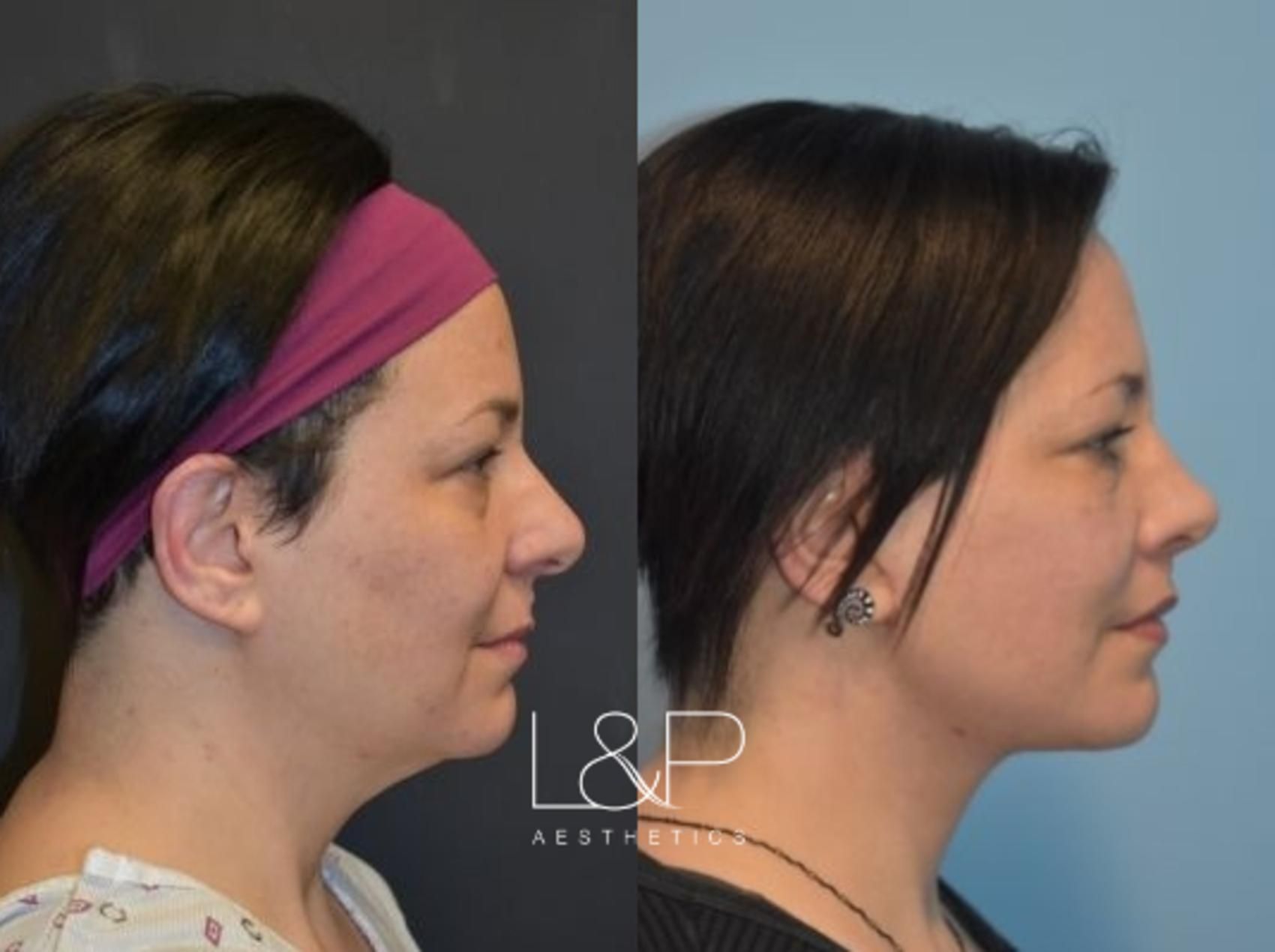
Neck Lift and Rhinoplasty for Lovely Woman
Deep plane face and neck lift, subnasal lip lift, and a rhinoplasty for a stunning patient!
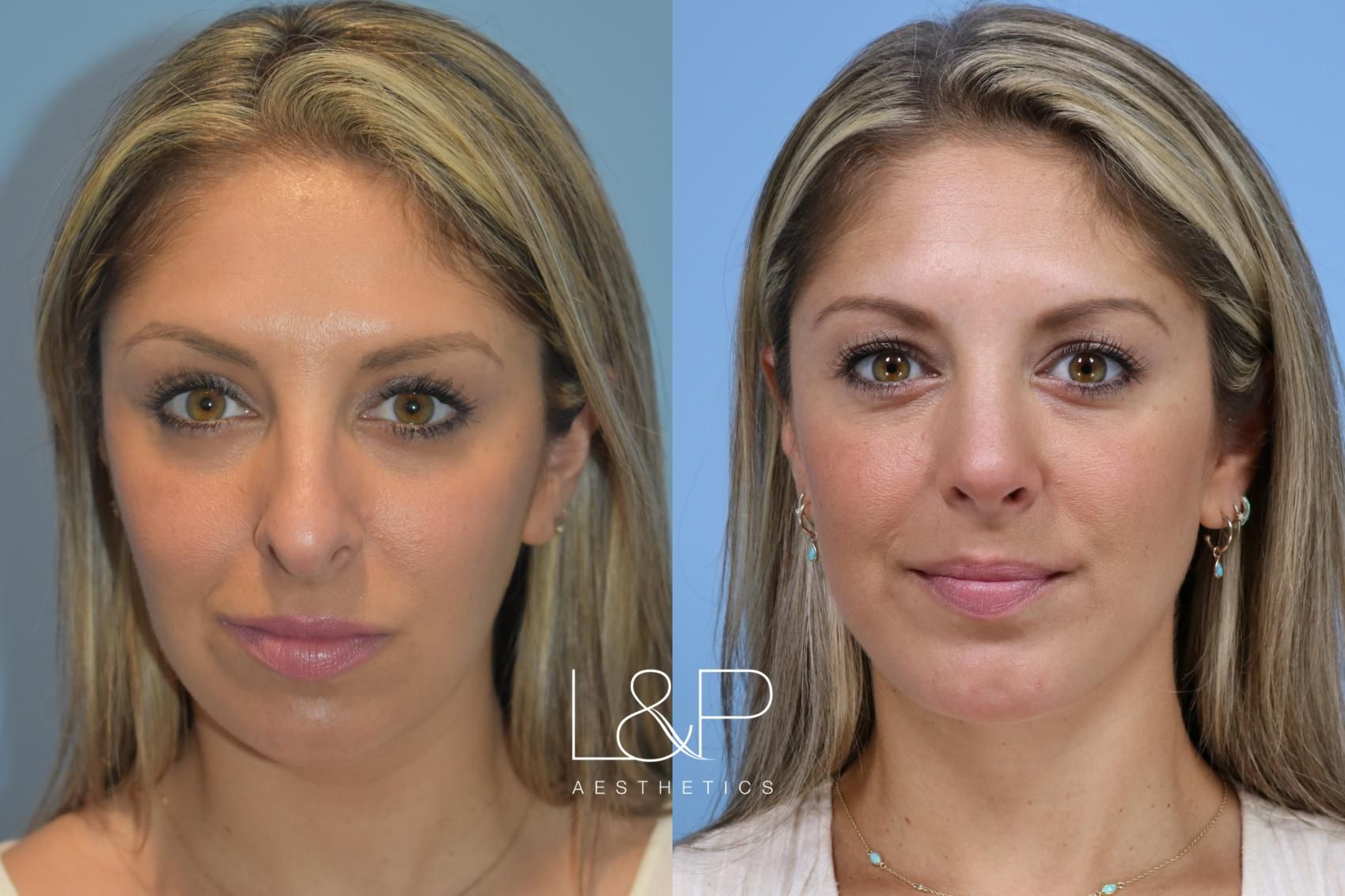
Rhinoplasty, Midline Neck Lift & Chin Augmentation
Just 3 months after a rhinoplasty, chin implant and the L&P midline neck lift, this lovely and beautiful patient is looking great. When done well, subtle contour changes can make a big difference in a person’s overall appearance and sometimes these small changes have a huge impact on a person’s confidence.
Recovery and Beyond
Rhinoplasty is performed either under deep sedation or general anesthesia, depending on the procedure’s specifics. We are extremely selective in which anesthesia group we choose, as patient safety is the most important component of the entire process. We only work with board-certified anesthesiologists who specialize in cosmetic surgery. The procedure can take 2 to 4 hours, depending on the complexity of the case and whether a revision rhinoplasty is being performed.
Rhinoplasty FAQs
The cost for rhinoplasty varies with the specifics of the surgery and individual patient needs. You will discuss the details of your surgery or other treatment, as well as the projected cost, at your consultation.
Patients are free to bring in photos of examples of noses they like in terms of size, shape, or proportion for reference. This can be helpful in communicating an idea of an end goal, but we emphasize that what looks good on one face might not work aesthetically on another. The key with rhinoplasty is to remember that we work with each person so that the nose harmonizes with all of the other features and “works” for the individual.
As facial specialists, we take a variety of elements into account, including how well the nose fits in the middle third of the face when viewed from top to bottom, its width, the angle where the nose meets the forehead, the angle and shape of the nasal tip, the size and shape of the nostrils, the presence or absence of a “nasal hump,” how all of these interact with each other, how all of these interact with other parts of the face, and more.
There is no single, “one-size-fits-all” approach to rhinoplasty. Each patient’s needs are unique, so the surgical methods we use will depend on the size and shape of the existing nose, as well as other factors, including the proportions of the rest of the face and the desired final outcome.
We use either the external (“open”) or endonasal (“closed”) approach when performing rhinoplasty.
During the “open” technique, a small external incision is made on the columella (tissue between the right and left nostrils) to gain access to the interior of the nose. The incision placement allows us to expose the nasal framework and offers a clear line of sight directly into the targeted structures. This can be very beneficial, particularly in complex or involved rhinoplasty surgeries, as everything is available at once. Every effort is made to keep the healed incision line as inconspicuous as possible, and many patients find that the line is barely noticeable, even if you know where to look.
There is no single, “one-size-fits-all” approach to rhinoplasty. Each patient’s needs are unique, so the surgical methods we use will depend on the size and shape of the existing nose, as well as other factors, including the proportions of the rest of the face and the desired final outcome.
We use either the external (“open”) or endonasal (“closed”) approach when performing rhinoplasty.
The open approach is in contrast to a “closed” rhinoplasty, in which all incisions are made entirely within the nasal interior. Most obviously, this method avoids any potential of a visible scar, though it also limits viewing options into the nasal framework.
At the initial consultation, we’ll discuss which technique will be used. This will be determined based on which approach will allow us to best reshape the nasal cartilage, bones, and soft tissue to obtain the most precise and predictable result.
The septum is typically the source for all grafting material needed to create contour and definition in the nose. For revision rhinoplasty, grafting material is occasionally taken from the ear or rib. If there is even a chance of using this material, we will review it with you in detail during the initial consultation. We always want patients to feel comfortable with the plan, so we aim to avoid surprises.
When people talk about getting a “nose job,” they are typically referring to rhinoplasty, as work done during the surgery changes the appearance of their natural nose. This procedure can reduce its size, alter its shape, and balance its proportions.
While all of these benefits can also be a part of revision rhinoplasty, that term is most often used to describe a surgery being done to correct a nose that has been aesthetically changed by prior surgery or trauma. Physical damage can disrupt symmetry, create bulges where there weren’t any before, and more, all of which can be corrected by experienced, facial-focused plastic surgeons who understand how a nose should look in the context of the rest of the face.
Patients who have had lesions removed due to skin cancer treatment, leading to an undesired visual impact on their nose, can also talk to us about skin cancer reconstruction. This is not uncommon, since skin cancer is most likely to appear on the face, and the nose is a prominent feature where cancers can develop. Some skin cancer treatment specialists can also make aesthetic repairs during the removal process, but involved cases are often referred to facial experts who have considerable knowledge of the most current surgical and minimally invasive techniques available.
Rhinoplasty Recovery
- Suture Removal: 3 days (if present)
- Cast Removal: 7 days
- Return To Work: 1-2 weeks
- 75% Recovery: 3-6 months
- 100% Recovery: 1 year
Our philosophy is to see you early and often after surgery. So many questions arise in the first 2 weeks following any surgery that we believe setting up a series of appointments for that time period should ease any anxiety a patient may have about the recovery process. If sutures are present, they are removed 3 days after surgery. Finally, the cast is removed 7 days after surgery.
During that first week of rhinoplasty recovery, you will be encouraged to keep your head higher than your chest, even when you’re settling in to rest. This will reduce swelling.
Our core objective is to provide a safe, comfortable surgical experience that aspires to restore your appearance and aims to produce natural results. Keep in mind, though, that each patient’s rhinoplasty is his or her own. We do not re-create other people’s noses, but instead, shape our patients’ own noses to best suit their faces.What Can Complement Rhinoplasty?
Since a key element in a successful rhinoplasty is balance, the surgery often prompts patients to think more about their facial aesthetics as a whole.
Once their nose has healed properly, some people choose to get an aesthetic treatment, such as skin resurfacing via lasers, chemical peels, or dermabrasion to reduce their pore size and sunspots, and even out their skin tone.
On a more involved level, some rhinoplasty patients want other facial features to structurally change as well. A chin augmentation, for instance, can help create a more dramatic difference by reshaping that area for a bolder, rejuvenated look. This can be a long-lasting, surgical choice, or can be handled with minimally invasive and temporary dermal fillers, such as JUVÉDERM VOLUMA® or RADIESSE®.
Other available procedures include otoplasty (also known as ear shaping), surgical or non-surgical lip augmentation, neck liposuction, and more.
Patients are often surprised by how little discomfort they experience after a nose job. Most have only minor pain or discomfort for the first 1 to 3 days. It is common to feel stuffy for about a week until the cast is removed. Rhinoplasty results last indefinitely as long as there is no trauma to the nose. While the aging process cannot be stopped, it doesn’t significantly affect the shape of the nose for most people.
Rhinoplasty is a highly complex procedure that changes the appearance of the nose and can affect a patient’s breathing. It should be performed by an experienced specialist. Drs. Lieberman and Parikh are certified by both the American Board of Otolaryngology-Head and Neck Surgery and the American Board of Facial Plastic and Reconstructive Surgery, and Dr. Curti is a facial plastic surgeon who is certified by the American Board of Otolaryngology-Head and Neck Surgery, making them excellent choices for your rhinoplasty procedure.
